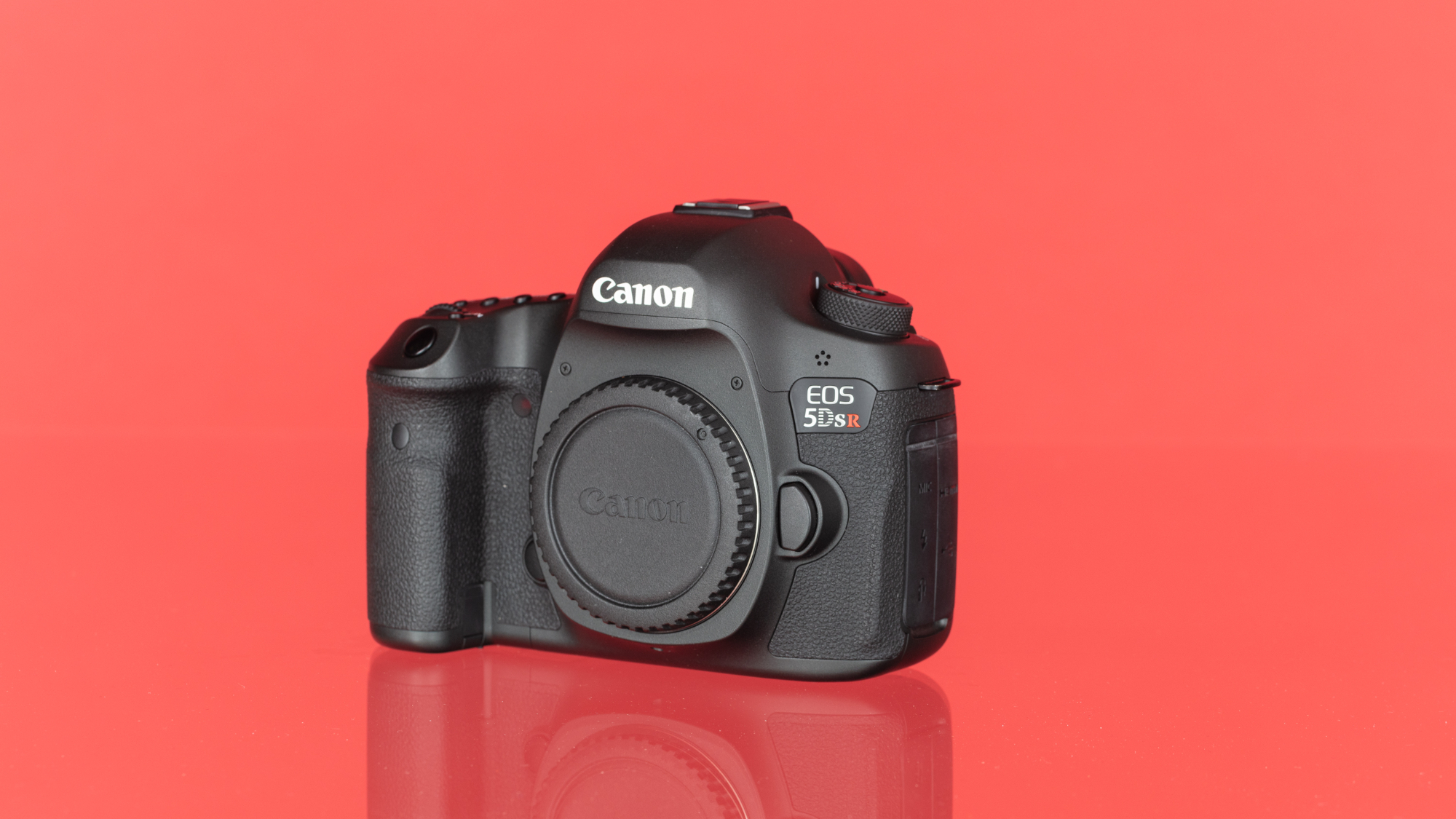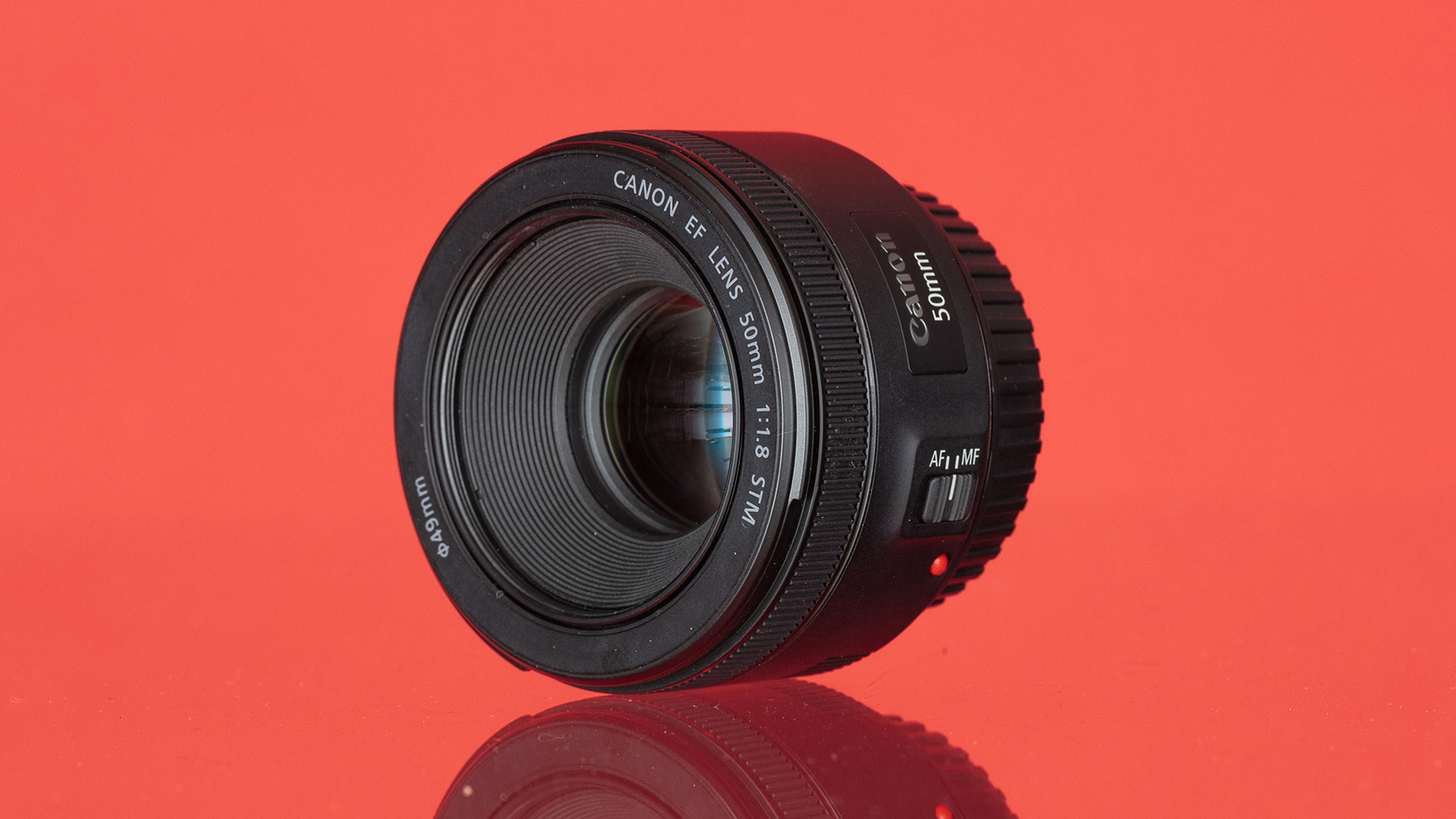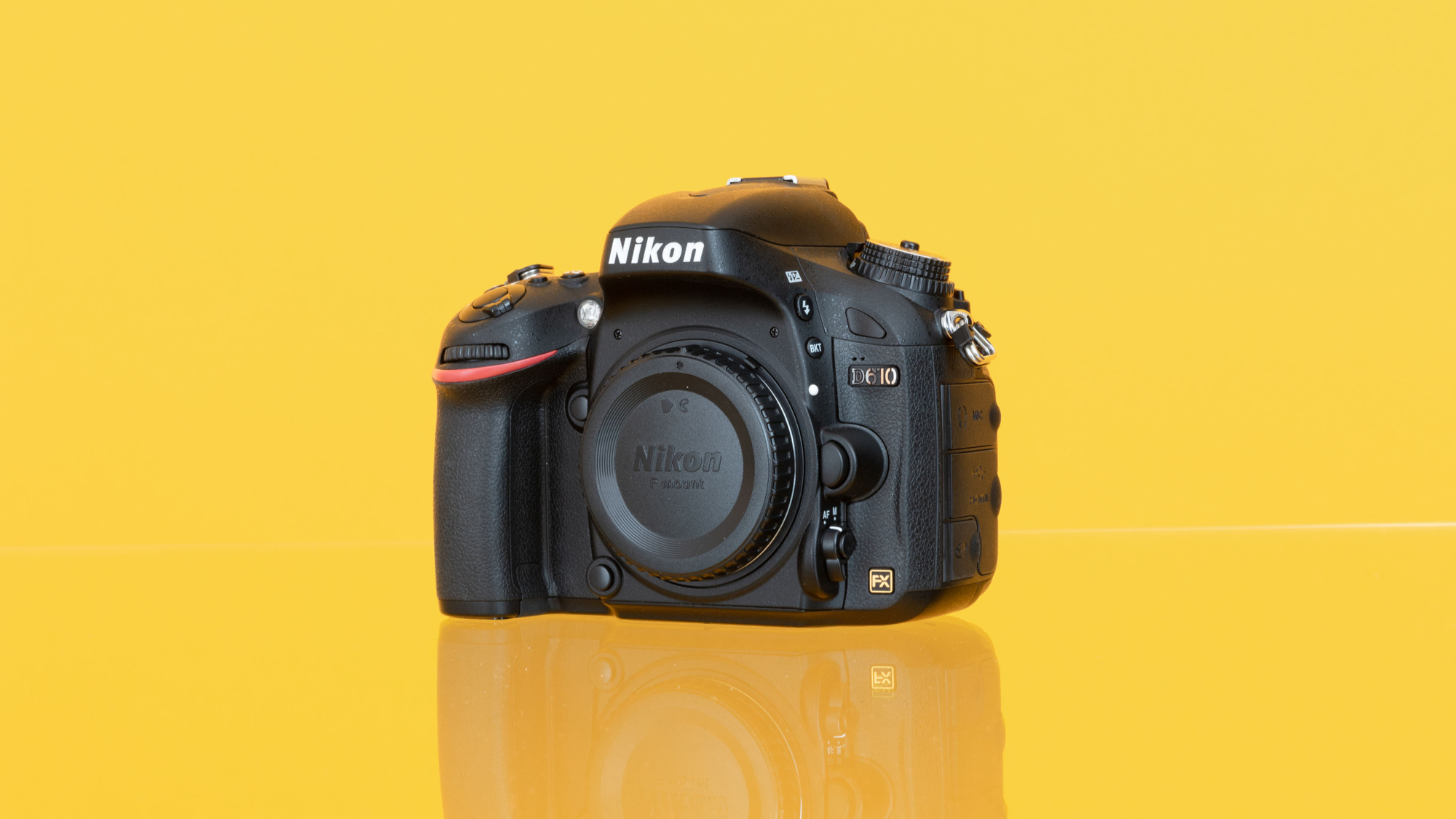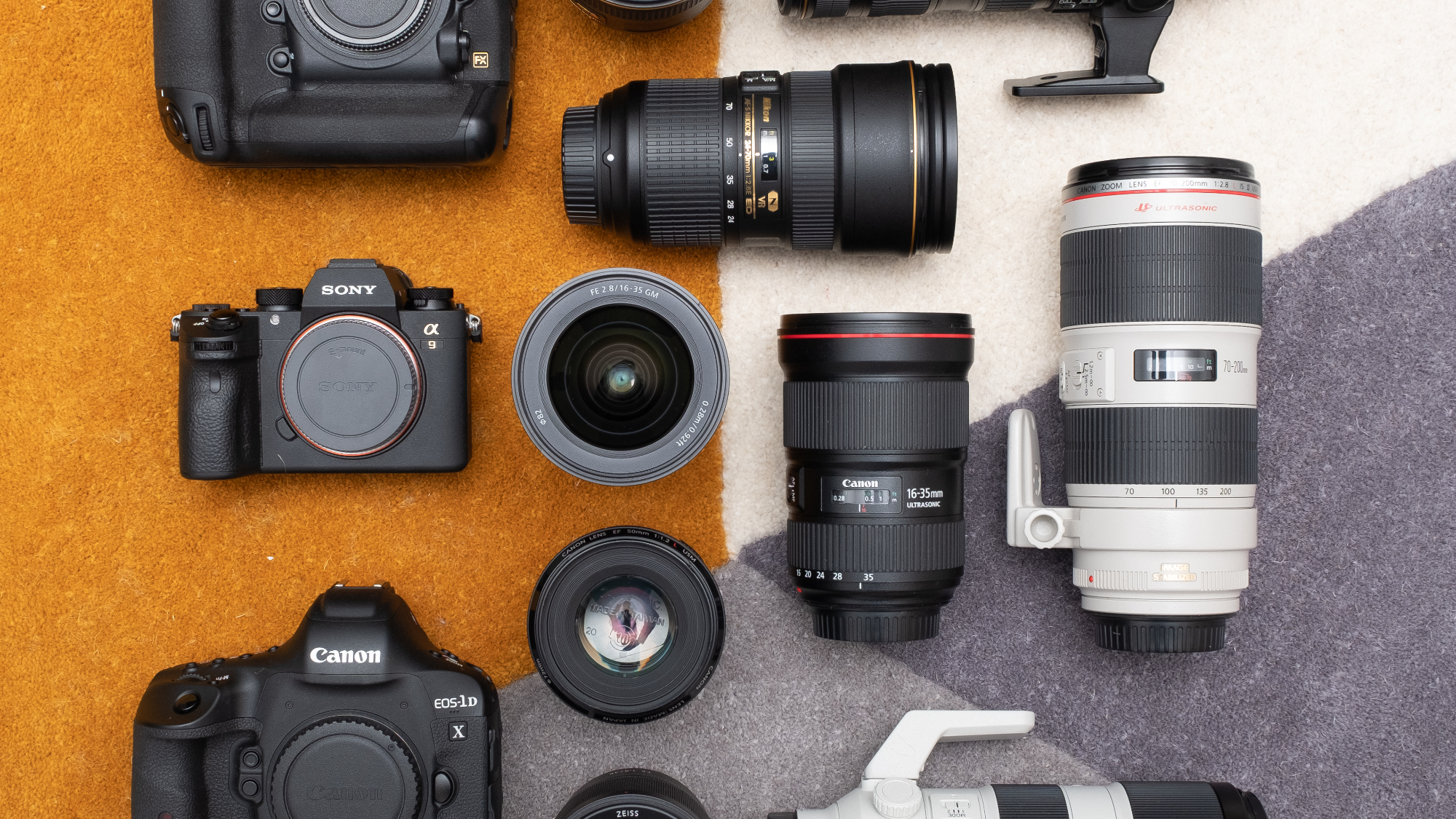
Whether you’re a diehard photographer with years of experience under your camera belt, or a keen newcomer looking to explore what the world beyond your smartphone camera holds, MPB has you covered.
As one of the world’s leading photography equipment platforms, MPB allows photographers and videographers to buy and sell used equipment. From cameras and lenses, to grips, drone equipment, and more, it’s the ultimate place to grab yourself the best equipment for less — or sell your existing equipment to help fund gear upgrades.
Take landscape photography lenses and cameras, for example. As the birds and buds of spring approach, this is the perfect time for keen landscape photographers to sort their gear out, to ensure they’re ready to capture stunningly wide vistas in their glorious, natural beauty. And if you choose MPB to shop for the gear you need, you could be saving hundreds in the process.
With the scene set, here are some of the best cameras and lenses for landscape photography — all of which are available to buy and sell for superb prices, directly at MPB.

The best landscape photography cameras
If you’re on the hunt for one of the best landscape photography cameras, you’re going to want to keep an eye out for a few key factors. The first of these, is weatherproofing. Naturally, you’re going to want a camera that can withstand the elements, so keep an eye out for rain-proofing and min/max operating temperatures.
Secondly, is the sensor size. While this is a feature that might matter less for close-up photography, when it comes to landscape shots, the more megapixels the better. That’s because the more megapixels you have on a sensor, the more intricate details can be captured. If you’re planning on printing out larger shots for your home or to sell, then those extra megapixels become even more crucial.
On the flip side, if you’re focusing mostly on landscape photography, you’ll be less concerned with features like super-fast autofocus speed and burst mode — though there’s nothing wrong with picking a camera that’s suitable for different scenarios either.

At the budget end of the camera spectrum, you’ll find suitable full-frame DSLR models in the form of the Canon EOS 5D Mark II, and Nikon D610. With 21 and 24.3 respective megapixels, their sensors are perfectly suitable for picking up all the details and tones that landscape shots demand.
If you’re looking for more detail still, then you can up your budget to include higher-resolution full-frame DSLRs like the Nikon D810 (36.3 megapixels), Nikon D850 (45.7 megapixels), and the Canon EOS 5DS R (50.6 megapixels).
Photographers looking for something a little more compact yet still megapixel-worthy can also consider high-end full-frame mirrorless offerings like the 45-megapixel Canon EOS R5, or 24.5-megapixel Nikon Z6. And, of course, the superb Sony a7R III, with its 42.4MP sensor that’s capable of taking stunning shots in even the dimmest of lighting conditions.
If you want to get something particularly special, you can also opt for a medium format camera like the 51.4-megapixel Fujifilm GFX 50S. With a sensor that’s 1.7x the surface area of a full-frame camera, you can rest assured that any landscape shot it captures will retain scenes in their full, original glory.
The best landscape photography lenses
The camera, of course, is only one part of the equation. Just as important, is the lens — and when it comes to landscape photography, you’re going to want to go with a quality wide lens to ensure you capture the whole view with minimal distortion at the edge of the frame.
Wide lenses (as with all lenses) come in two main options — zoom lenses, or prime lenses. Zoom lenses offer more flexibility, as you can use varying degrees of zoom to alter your framing or get a little close if needed.
Examples of solid wide-angle zoom lenses include the Canon RF 14-35mm L IS USM and Nikon Z 14-30mm f/4, as well as Sigma’s 14-24mm f/2.8 DG DN ART. Those looking for something a little closer can also opt for a lens like Fujifilm’s GF 32-64mm f/4.
In contrast, prime lenses offer no zoom functionality, and they have a fixed aperture. This not only makes them lighter and, in general, less expensive, but they’re also lauded for their crisp, accurate results. Something like the wide-angle prime Canon RF 16mm f/2.8 STM is a fine example of a great prime wide-angle lens, as are the Nikon Z 20mm f/1.8 and Nikon Z 24mm f/1.8 S. Sigma’s 28mm f/1.4 DG HSM ART is also definitely worth considering, as are the Fujifilm Fujifilm GF 45mm f/2.8 and Fujifilm GF 63mm f/2.8

Overall, there’s no right answer for which type of lens — zoom or prime — is better, as it depends entirely on your needs and budget, and how flexible you need to be.
Lastly, it’s also worth considering telephoto zoom lenses. This might seem like an odd suggestion at first glance, given that the usual go-to lens for landscape shots are those of the wide-angle variety, but a reliable telephoto zoom lens could be the secret weapon in your landscape photography arsenal.
Getting in closer to landscape scenes or focusing in on more specific subjects like trees with a telephoto lens can offer more depth to compositions, countering the more flat appearance associated with wide-angle lenses. Sony’s Sony FE 70-200mm f/2.8 GM OSS is a formidable example, as are Canon’s EF 70-200mm f/2.8 L IS II USM, and Nikon’s AF-S 70-200mm f/2.8E FL ED VR.
All of the examples above are just a small selection compared to the cavernous offerings available at MPB. There are also plenty of articles and guides to help you choose the right gear for your needs, and you can rest assured that you’re in safe hands regardless of whether you’re looking to pass your gear on to a good home, or pick up some quality used equipment to help elevate your photography experience.
Get daily insight, inspiration and deals in your inbox
Sign up for breaking news, reviews, opinion, top tech deals, and more.